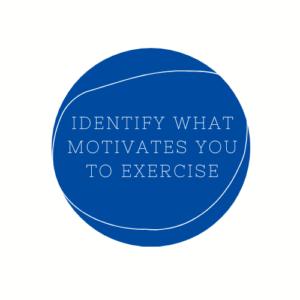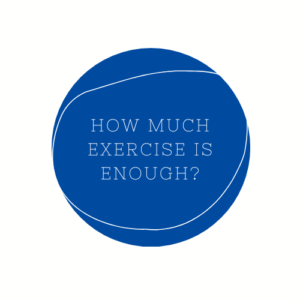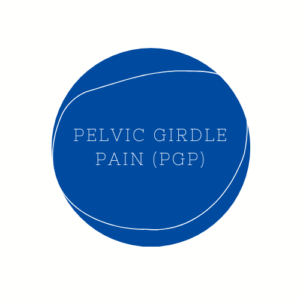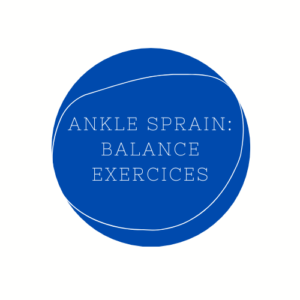You’ve just had a massage and are feeling relaxed and loosened up. Here are four simple yet effective tips to help you maintain and balance your body after your massage:
- Drink water!
Avoid caffeine and alcohol, as they are diuretics, meaning they disrupt the body from absorbing water effectively. Tea and carbonated drinks should also be avoided, as these types of beverages are not the same as a glass of water, meaning you are not properly rehydrating your body after a massage.Drinking water prior to a session is highly recommended as it aids the massage therapist’s ability to work and manipulate deep muscles and fascia more effectively. Adequate intake of water can also help to alleviate soreness post- massage, as it helps to rehydrate the muscles.
- Take a bath.
A nice warm bath or a warm shower can help you to relax a little longer and increase circulation. Adding Epsom Salts (crystals of hydrated magnesium sulphate) to your bath can aid in the recovering process, as it can help to naturally relax your muscles (its absorbed through the skin). You can find Epsom Salts at most supermarkets and/or pharmacies, and can range from $3.00 onwards in price (depending on size brought).If you don’t have access to a bath or Epsom Salts, a warm shower and application of a heat rub such as Physio cream or Deep Heat or a heat pack, can help with post-massage soreness. Unless you are carrying an injury or inflammation (including swelling), icing the area (cold pack wrapped in a towel/cloth) is recommended instead of heat. This will help to cause vasoconstriction (constriction of the blood vessels) in the aim of helping to reduce blood flow (helping reduce swelling) to the specific area.
- Avoid strenuous exercise/activities – REST!
After a massage, you should not be completing any unnecessary strain (no gym sessions or stressful activities) on your muscles after your massage. The massage therapist has just spent 30-90 minutes attempting to lengthen and release muscles and fascia, activity post-treatment can increase the risk of damaging the muscle (injury to the muscle). Ideally, you should be having at least 4-12 hours’ rest after a massage.
- Pay attention to the way your body reacts to the massage.
There is a high chance that you may be sore after your massage, especially if you’ve had a remedial or deep tissue massage. Sometimes post-massage soreness can still be present the next day. This can be common for people who do not get regular massages, or do not exercise frequently and are not used to feelings of muscle soreness, otherwise known as DOMS (delayed onset muscle soreness), you may experience greater feelings of soreness.
Talking with your massage therapist after your treatment is important in discussing your main areas of tightness and appropriate treatment plan. Some people enjoy weekly massages, whereas others prefer a monthly basis, it’s all about listening to your body.
- Each of these simple tips can help you to get to most out of your treatment. Most importantly communication with your massage therapist is key, if you have any questions, please don’t hesitate to ask.






